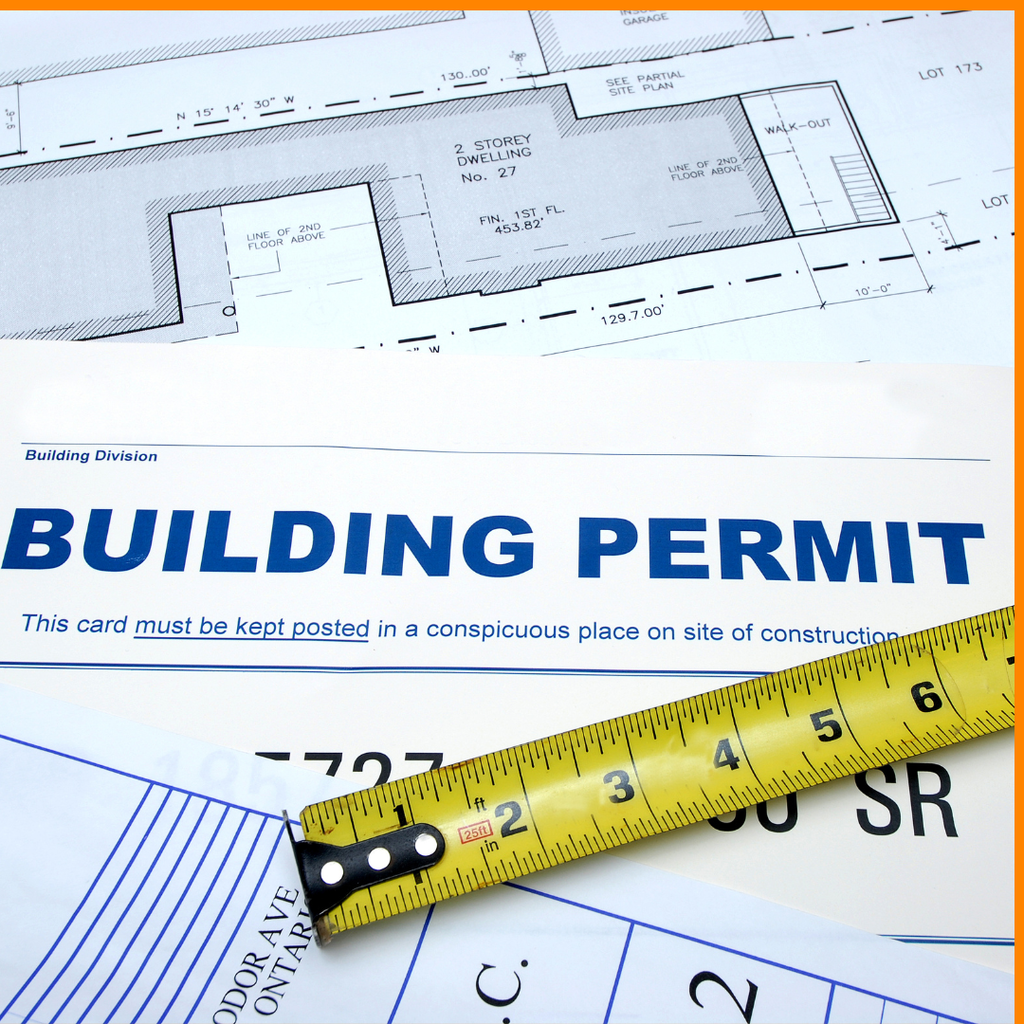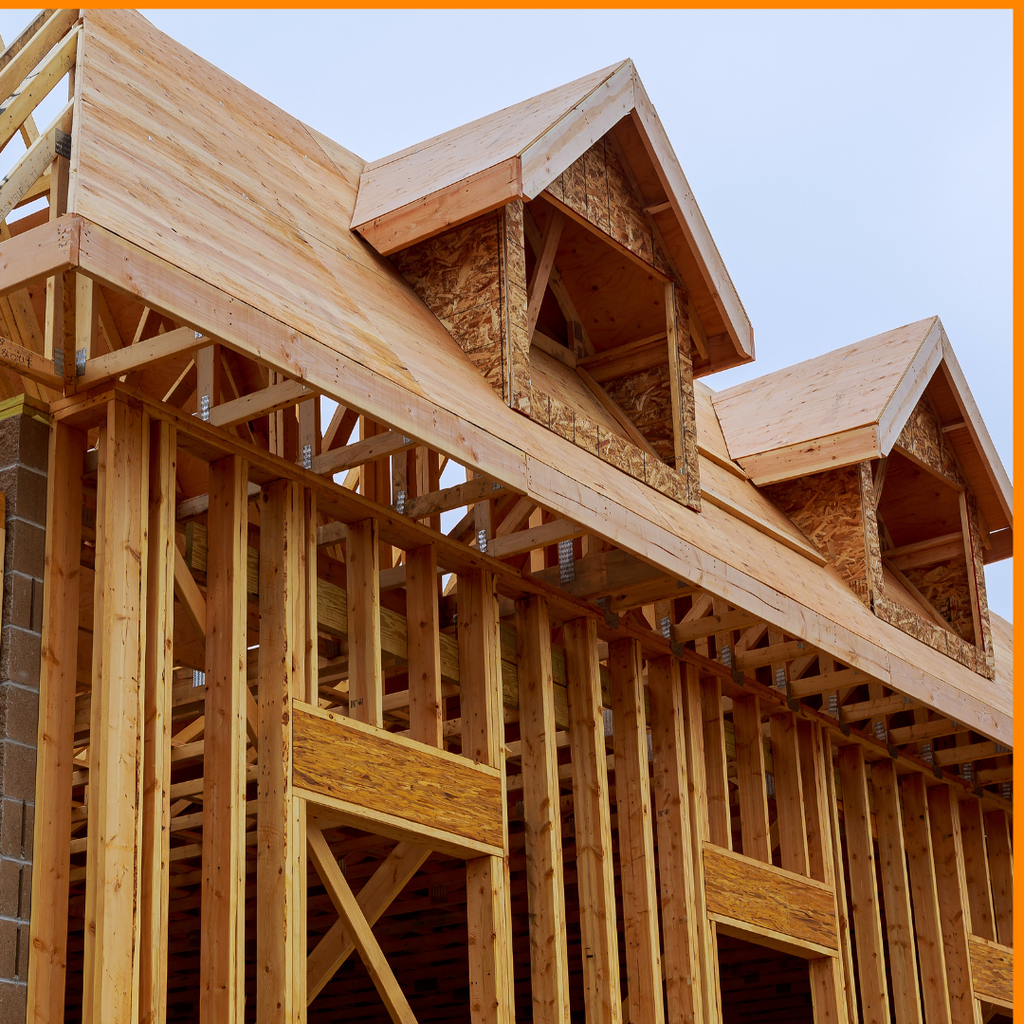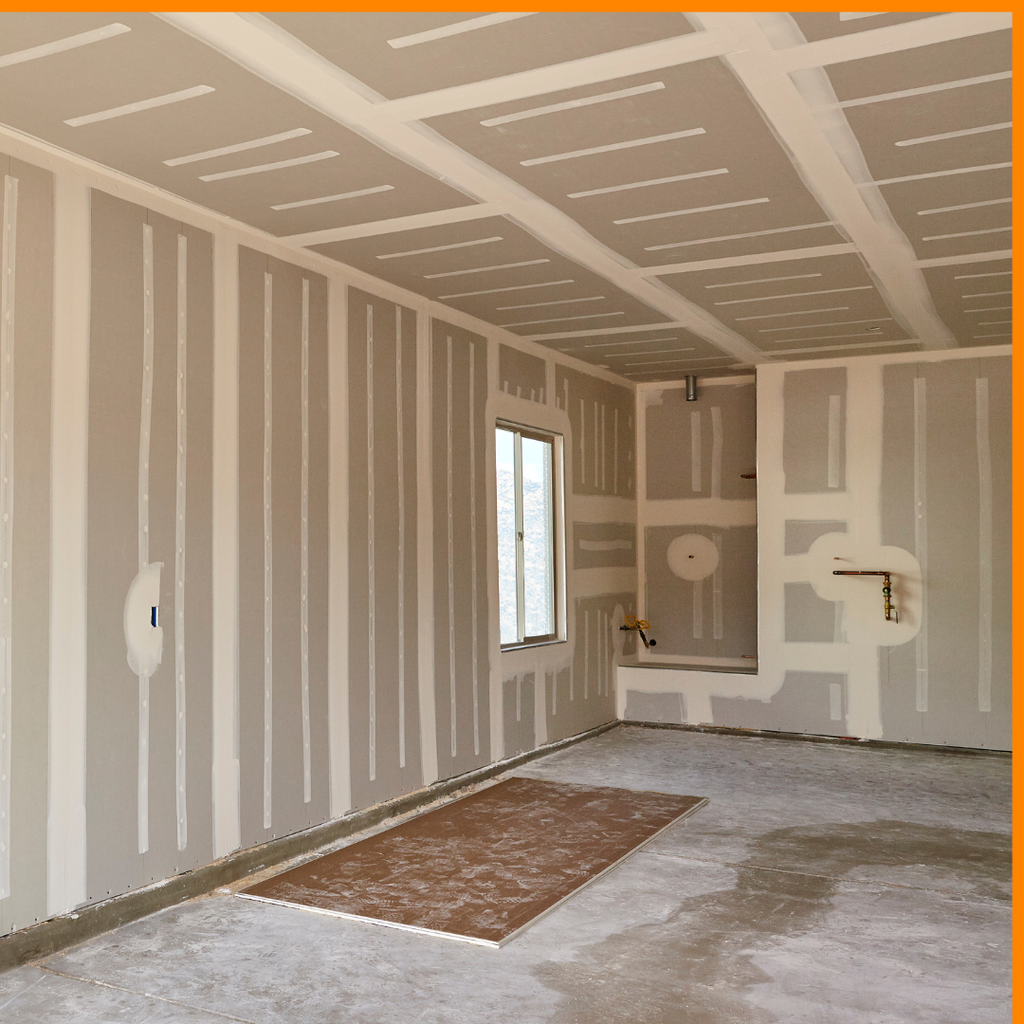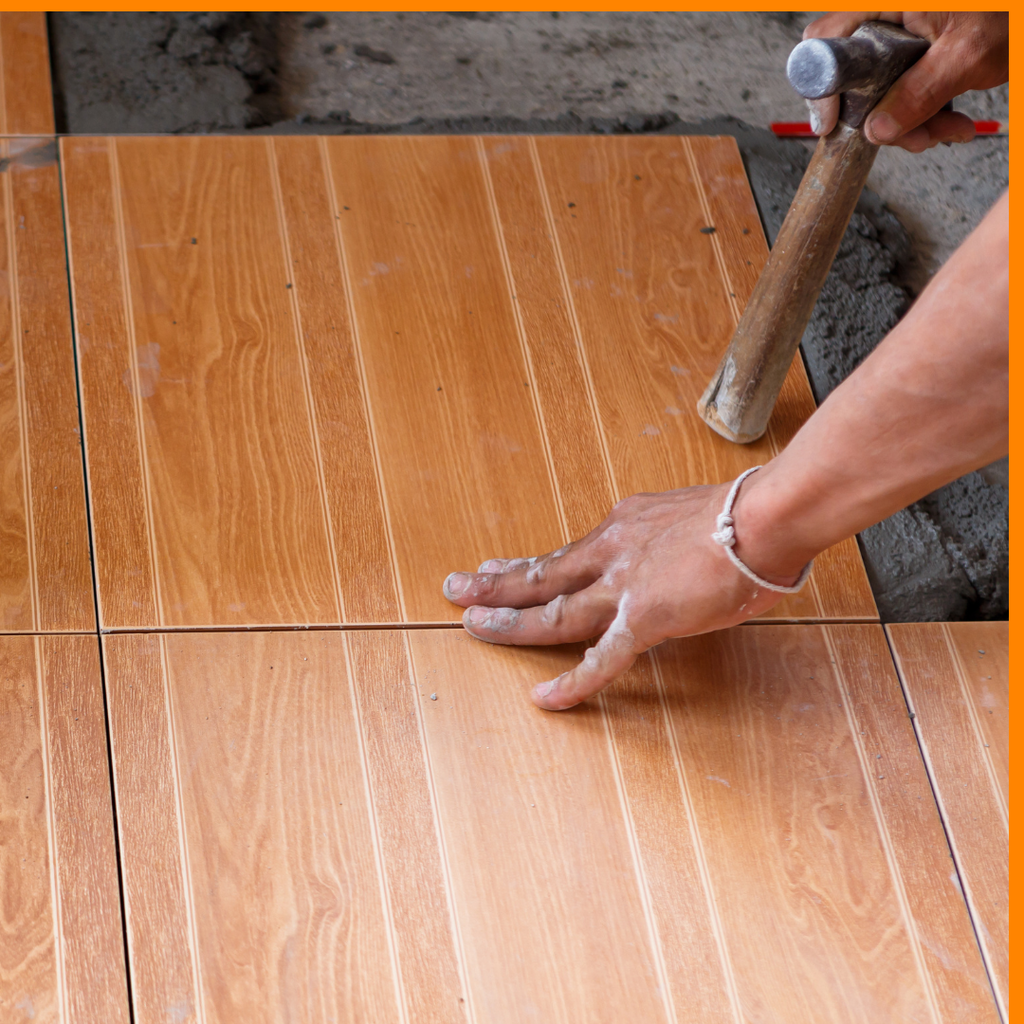Building a new home is an exciting adventure, especially in vibrant and diverse Northern Virginia. However, it can also be complex if you’ve never done it before and aren’t working with a real estate agent.
Quick tip for buyers: The sales reps at new construction models work for the builder. You’re allowed to hire your own agent to represent your interests. Remember that signing in when visiting new home communities might mean you waive your right to agent representation for months.
This process unfolds over several weeks or months, from the initial stages of contract signing to the final touches that transform a construction site into your dream home. Critical decisions and milestones occur at each step. This blog post aims to demystify the new construction timeline and provide insights and tips for navigating it.
The Prelude to Construction
Several steps are taken behind the scenes before the first shovel hits the ground. You’ll select a community, choose a model, sign the sales contract, secure pre-approval for a loan, and make both structural and design selections. These early choices, from the layout to the finishes, set the stage for what’s to come.
Week 1: Laying the Groundwork
The first and one of the most essential steps in the home-building process is the builder acquiring building permits. These permits are formal approval from the county authority that grants permission for the construction plans laid out by your builder.
Navigating the permitting process can differ across various jurisdictions, especially in an area as diverse as Northern Virginia, which encompasses six distinct counties. However, experienced builders, particularly those with a solid reputation, are usually well-versed in these differences and know how to handle the permitting process smoothly. They understand the ins and outs of each county’s regulations, making what could be a complex approval process seem effortless.
Some builders might not be large, widely recognized companies. In that case, it’s crucial to inquire about their specific experience obtaining permits in the county where your property is located. Their familiarity with the local permitting process can significantly influence the efficiency and speed at which your project moves forward.
Why is this step so critical? The permits give the work a green light and ensure all planned construction meets local building standards and regulations.

Weeks 2-3: Foundations and Framework
The initial transformation of your property begins with site preparation, marking the first visible step toward constructing your new home. This stage involves clearing any tree debris and executing the excavation process.
As we progress into weeks two and three of the construction timeline, the shape of your future home starts to emerge in a more concrete form. This period is critical because it’s when your home’s foundation is established. Depending on your home’s design and requirements, this foundation could be a basement, a crawl space, or a slab. Pouring the foundation is a significant milestone in the building process as it literally sets the base upon which your entire home will rest.
This phase is foundational in every sense of the word. It lays down the literal and figurative groundwork for your home. It marks a transition from an empty plot of land to the beginnings of a structure that will grow into your dream home.
Weeks 4-5: Seeing the Structure
Weeks four and five in the journey of building a new home are, without a doubt, transformative and thrilling phases. During this pivotal moment, your future residence begins its ascent from mere concepts and blueprints to a tangible structure you can see and touch. The groundwork, which could be the laying of a basement, a crawl space, or a simple slab, is completed, setting the stage for the exciting development that follows.
At this point, the skeleton of your home—known as the framing—starts to take shape, crafting the basic outline of your living spaces.
So, what exactly do we mean by framing? Think of it as the bones of your home. This includes the construction of floors, walls, and the roof, as well as the spaces for doors, windows, and other exterior elements.
Framing isn’t just about the bones, though. It’s also when the veins and arteries of your house – the plumbing and electrical systems – begin to weave through the walls, integrating essential services into your home’s framework. Once the framing is up and standing, a protective layer known as sheathing and moisture and mold-resistant wraps are applied to the exterior.
Framing is a significant milestone where your idea of a home starts to materialize in a very real way, offering the first true glimpse of the shape of things to come. Your house really begins to look like a home, taking on a three-dimensional shape that resembles the vision you’ve been dreaming of.

Weeks 6-7: Mechanical Systems and Inspections
During weeks six and seven of constructing your new home, the focus shifts to enhancing your home’s comfort and livability. This phase includes the installation of essential services such as plumbing, electrical wiring, and HVAC (Heating, Ventilation, and Air Conditioning) ductwork. Afterward, a county inspector visits the site to examine the electrical and mechanical systems and ensure everything is up to code.
Should your builder fail this inspection, they must address any issues identified before proceeding with construction. At this point, I strongly advise conducting an independent home inspection. I consider this the second most important inspection during the home-building process. This pre-drywall phase inspection offers a unique opportunity to assess the construction’s integrity before the walls are sealed.
The significance of the pre-drywall inspection cannot be overstated compared to buying a resale property. With resale properties, the mysteries of what lies behind the walls remain unknown. In contrast, with new construction, you can see exactly what you are buying. Common findings during a pre-drywall inspection can include issues like warped studs, incorrectly installed plumbing lines, misplaced ductwork, missing electrical outlets, or even absent TV wiring.
These oversights by the builder highlight the importance of hiring an independent home inspector to act on your behalf. An inspector can provide an unbiased assessment of the construction, identifying any issues that need addressing before moving forward. This step is not just about ensuring quality; it’s about peace of mind, knowing that the hidden aspects of your home meet your expectations and standards.

Weeks 8-9: Insulation and Drywall
In weeks eight and nine of the home construction process, the focus turns to the interior of your home, starting with the installation of insulation followed by the sheetrock. Ensuring these are installed correctly is pivotal to minimizing noise from neighboring homes. This is especially true when building a townhouse or condo. While expecting a completely soundproof environment is unrealistic, proper insulation can significantly reduce sound transmission.
During this phase, builders also begin laying down hard surface flooring, such as ceramic tiles. At the same time, the intricate work of fitting trim elements, including doors, baseboards, and casings, begins giving shape and character to the interior spaces.
On the exterior, construction efforts shift to finalizing the driveways, walkways, and patios. In large master-planned communities, the final layer of the driveway is often left unfinished until the entire development nears completion. This practice has been observed in developments like Potomac Shores, where many of my clients have noted their driveways and sometimes even their streets are awaiting this final touch. Most developers will address this as the community nears completion.
Week 10: Personality Through Paint
By week 10, your new home will have started to show its true colors. At this phase, the contractors will begin painting both inside and outside. Most builders have a standard color they prefer, or they’ll use what you selected during the design process.
If you’re thinking about changing the paint color, think again. The builder has already ordered the paint, and getting everything ready on time requires a lot of planning. That’s why the design selection process is so significant when you first sign the contract.

Week 11: Final Touches and Fixtures
During week 11, the transformation of your property takes an exciting turn as cabinets, essential fixtures, and countertops are installed. Witnessing these changes is remarkable, as the property evolves almost magically overnight. Depending on the builder’s operations, a dedicated team member might visit the property to create the initial punch list. This list is crucial because it identifies any issues, giving the builder ample time to make corrections before you close on the property.
Week 12: Easy Does It
In week 12, we see flooring installation. Hardwood floors, shower doors, mirrors, landscaping, and other items that are more susceptible to damage are put in place during this phase. That also includes initial landscaping.
The carpeting, complete with its foam padding, is also laid. Good, adequate padding ensures a soft, warm underfoot experience in carpeted areas.
The builder will schedule the county’s final inspection to verify the structural integrity and safety of the construction. This inspection ensures the completed structure aligns with the initial permits and meets the required building codes.
However, it’s essential to understand that the county’s inspection focuses on compliance with building codes, which might not necessarily reflect your standards or expectations of livability. There have been instances where what the county deems acceptable does not fully match the homeowner’s vision. Therefore, staying engaged and verifying these details throughout construction is key to ensuring the finished home meets your standards.

Week 13: Final Walkthrough Inspection
Week 13 leads us to the final walkthrough of the most critical inspection. Usually, one to two days before the builder orientation, you’ll have the opportunity to conduct your final walkthrough inspection with your independent home inspector.
This comprehensive inspection covers everything from the functionality of windows, the operation of every electrical outlet, the condition of the electrical panel and HVAC system to the adequacy of attic insulation and the exterior’s integrity.
Given the complexity and importance of this final inspection, I strongly advise against attempting it on your own. I cannot stress enough how important hiring a professional home inspector is at this stage. Even if you haven’t felt the need to do so earlier, hire a licensed home inspector now. This is the moment to ensure everything in your new home is as it should be.
Week 13: Professional Cleaning and Orientation
Just a week away from you taking ownership of your home, the builder arranges for professional cleaning and puts the finishing touches on the landscaping. Around this time, most builders will invite you for a new home orientation (though different names may call it). This orientation aims to guide you through each level of your property, demonstrating how every system operates, confirming the installation of any upgrades you selected, and identifying any remaining imperfections.
During this orientation, the builder will provide you with blue tape to mark any spots on the walls or surfaces that you believe need attention. Rest assured, the builder can resolve almost any issue identified during this period, so there’s no need to worry.
For example, I recently assisted a buyer building a new home in Chantilly. The buyer was initially concerned about the long list of items identified through their home inspection and shared at the orientation. However, given that the builder is a prominent company in the area with ample resources, addressing these concerns was straightforward for them. Ultimately, the property was delivered in excellent condition, leaving my clients very satisfied with their new home.

Week 14: Closing Time
The culmination of the building process is the final walkthrough and closing. It’s a time to ensure that everything meets your expectations and to discuss any warranties. After closing, it’s imperative to secure your new home by resetting locks, ensuring that only you have access.
In Closing
While this blog post has outlined the timeline and provided insights into each phase of new construction, remember that having a knowledgeable and experienced real estate agent by your side can make all the difference.
I’m here to guide you through this journey, offering expert advice and support at every step. If you’re ready to turn your dream of a new home into a reality or have any questions about the process, Click Here to complete the Perfect Home Questionnaire. You can also text me at 703-539-2053.
Let’s start today by making your home-building adventure as smooth and enjoyable as possible. Read more about What Northern Virginia Builder DON’T Want You To Know here,















